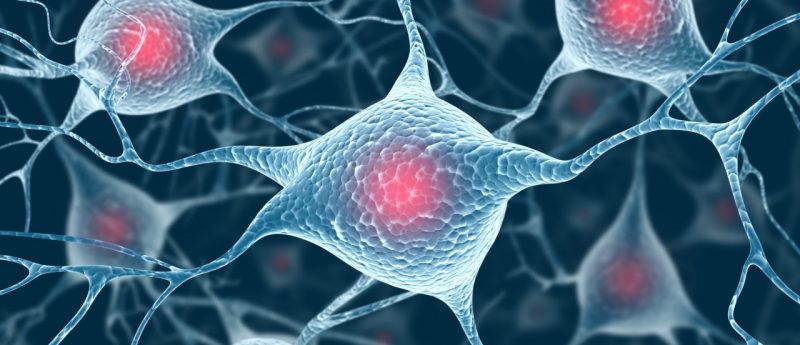Neural progenitor cells successfully regenerate corticospinal tissue in rats

An international team of researchers have successfully regenerated lost tissue in the damaged corticospinal tracts of rats using multipotent neural progenitor cells.
An international team of researchers, from the USA and Japan, have successfully regenerated the damaged corticospinal tracts of rats using stem cell-derived neurons, demonstrating corticospinal axon regeneration for the first time.
“The corticospinal projection is the most important motor system in humans,” explained Mark Tuszynski (University of California, San Diego, CA, USA). “It has not been successfully regenerated before. Many have tried, many have failed — including us, in previous efforts. The new thing here was that we used neural stem cells for the first time to determine whether they, unlike any other cell type tested, would support regeneration. And to our surprise, they did.”
The team, comprised of researchers from the University of California, San Diego School of Medicine, Veterans Affairs San Diego Healthcare System (CA, USA), University of Wisconsin (WI, USA) and Kokkaido University (Japan), grafted multipotent neural progenitor cells into sites of injury in the rats, which were directed to develop as a spinal cord. The cells formed functional synapses that improved forelimb movement among treated rats.
“We humans use corticospinal axons for voluntary movement,” Tuszynski added. “In the absence of regeneration of this system in previous studies, I was doubtful that most therapies taken to humans would improve function. Now that we can regenerate the most important motor system for humans, I think that the potential for translation is more promising.”
This study has disproved the theory that corticospinal neurons lack internal mechanisms necessary for regeneration, but “There is more work to do prior to moving to humans,” Tuszynski explained. “We must establish long-term safety and long-term functional benefit in animals. We must devise methods for transferring this technology to humans in larger animal models. And we must identify the best type of human neural stem cell to bring to the clinic.”
— Written by Daphne Boulicault
Source: Kadoya K, Lu P, Nguyen K et al. Spinal cord reconstitution with homologous neural grafts enables robust corticospinal regeneration. Nat. Med. doi:10.1038/nm.4066 (2016); UC San Diego Health press release: http://health.ucsd.edu/news/releases/Pages/2016-03-28-stem-cells-regenerate-corticospinal-injury-in-animal-model.aspx?elqTrackId=c22100207a404077954c6e66722ee1fc&elq=c12e3d48b4804c73b79cceca0d49e87c&elqaid=15069&elqat=1&elqCampaignId=6